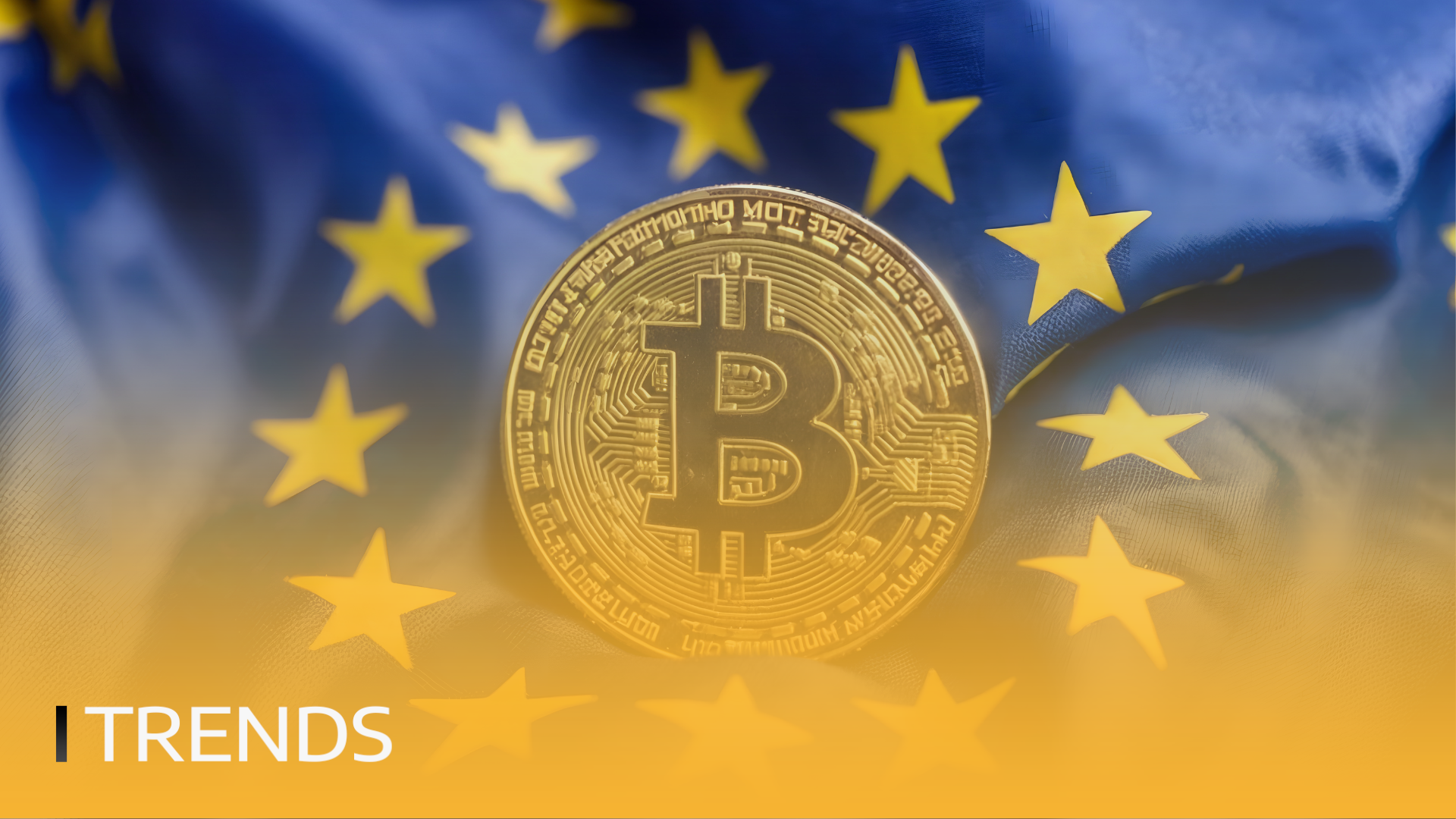Europsko kripto tržište ubrzano raste

The European crypto landscape in 2024 and 2025 reflects a market in sophisticated transition, shaped by regulatory frameworks like MiCA, evolving institutional engagement, and growing DeFi adoption. These are the main findings of Chainalysis’s current analysis of the crypto asset market in the European region.
Between July 2023 and June 2025, the European region demonstrated remarkable growth and resilience. Transaction volumes followed a distinctive pattern: after a decline in mid-to-late 2024, the market staged a robust recovery, reaching a peak of $234 billion in December. According to the report, this momentum carried into early 2025 and underscored Europe’s position as a mature crypto market, characterized by strong institutional presence and widespread retail adoption.
Russia leads, Germany and Ukraine catch up
The top ten markets span all corners of Europe, demonstrating broad-based adoption. Between July 2024 and June 2025, Russia emerged, despite its ongoing military aggression against Ukraine, as the dominant crypto market with $376.3 billion received, far ahead of the United Kingdom ($273.2 billion).
The gap between Russia and the UK is notably larger than in previous years, while differences between the UK and major markets like Germany ($219.4 billion), Ukraine ($206.3 billion), and France ($180.1 billion) have narrowed significantly. Previously smaller markets are now achieving comparable levels of crypto activity.
Germany’s 54% growth highlights its emergence as a preferred destination for crypto-native firms, attracted by its robust financial infrastructure and smooth MiCA rollout. Similarly, Ukraine (52%) and Poland (51%) continue to expand through grassroots adoption and remittance-driven flows.
MiCA and DeFi reshape Europe’s crypto future
Ten months after its implementation, MiCA marks Europe’s shift from a fragmented, AML-focused approach to the world’s first unified crypto framework. By harmonizing rules across the EEA, MiCA aims to enhance market integrity, financial stability, and consumer protection.
However, implementation remains uneven. Some jurisdictions allow transitional periods until 2026, while others have yet to fully adopt the regulation. This patchwork creates temporary gaps but also signals flexibility in adaptation.
MiCA has already reshaped Europe’s stablecoin landscape. The European Securities and Markets Authority (ESMA) now lists 15 e-money token issuers managing 25 distinct single-currency stablecoins.
Meanwhile, DeFi activity in Europe continues to evolve. Discussions are underway on how to regulate emerging services such as staking and lending. Current data shows DeFi remains a small but steadily growing part of the overall crypto ecosystem. As the region moves forward, this interplay of regulation, innovation, and market forces continues to redefine Europe’s role in the global crypto landscape, the report concludes.
Sources:
https://www.chainalysis.com/blog/europe-crypto-adoption-2025/
https://www.chainalysis.com/blog/stablecoin-security-risks/
https://www.chainalysis.com/blog/future-of-defi-payments-ep-161/